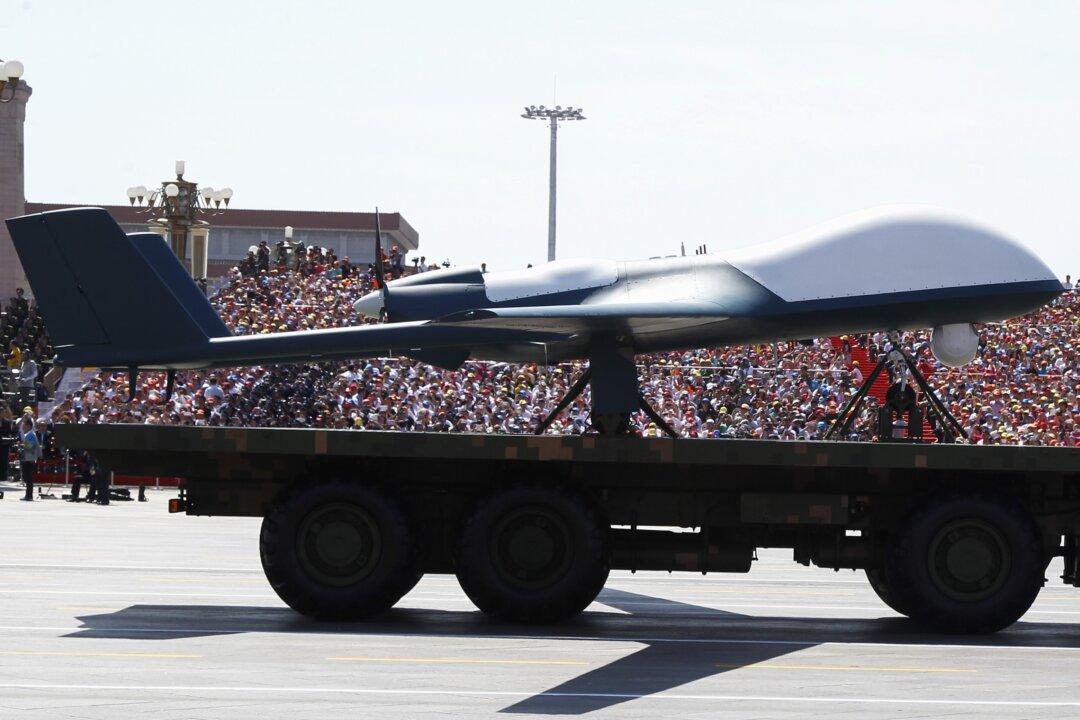News Analysis
The Chinese military is unveiling a range of sophisticated military technologies, from underwater stealth explosives to use against foreign ports to drone fighters and military artificial intelligence (AI).

The Chinese military is unveiling a range of sophisticated military technologies, from underwater stealth explosives to use against foreign ports to drone fighters and military artificial intelligence (AI).